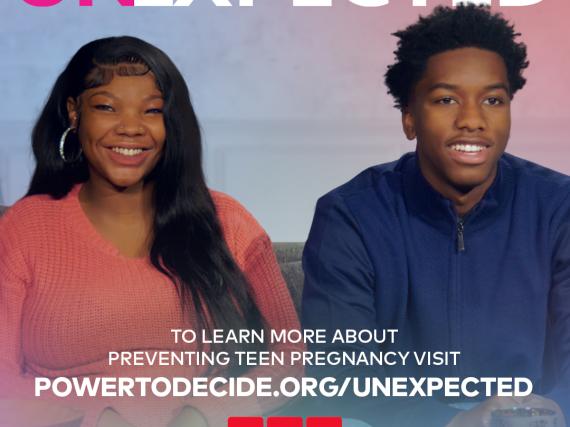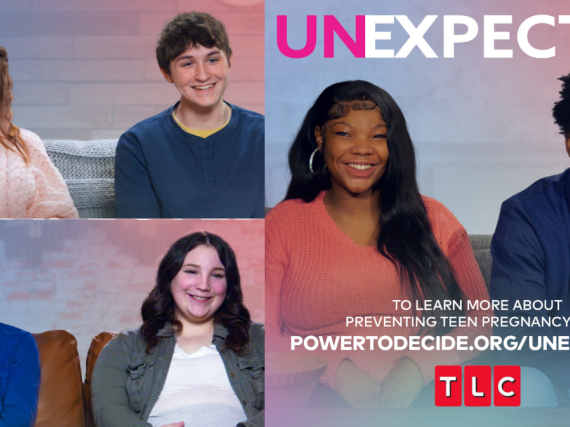August 2020: Power Updates Edition
There are plenty of articles, publications, and stories published every month. In an effort to help you distinguish fact from fiction, save time in your already busy day, and share news you may not have otherwise seen, here are seven stories from the last month we thought you might find interesting:
Birth Control
Missed Opportunities for Discussing Contraception in Adolescent Primary Care
This study that found despite the fact that over half of young people are sexually active by age 18, an average of three primary care visits occur before health care providers bring up contraception as part of the discussion.
Unsatisfied Contraceptive Preferences Due to Cost Among Women in The United States
Using 2015-2017 National Survey of Family Growth data, this study explored the relationship between cost barriers and preferred contraceptive use. Findings suggest that using a preferred method of contraception is an indication of access to care and reproductive autonomy. Women who reported using a method other than preferred method were more likely to report cost as a barrier.
Understanding the Extent of Contraceptive Non-Use Among Women at Risk of Unintended Pregnancy
This study, which analyzed 2011-2017 National Survey of Family Growth data, assessed women who do not use birth control and are risk for unplanned pregnancy. Results indicate that contraceptive non-users are more likely to have lower incomes, be uninsured, and unmarried. The primary reason for non-use was not minding if a pregnancy occurred.
Pregnancy and Birth
Racial and Ethnic Differences in Mortality Rate of Infants Born to Teen Mothers
Using 2017-2018 data from the National Vistal Statistics System, this analysis found, teen pregnancies result in higher rates of infant mortality, early birth, low birthweight, and other complications when compared to births among women over age 20. The brief also examines the relationship between age, race, and infant mortality among teen mothers.
Promotion of Preconception Care Among Adolescents and Young Adults by Conversational Agent
This study tested the effectiveness of an online preconception care intervention with women age 18-34. It hypothesized that younger people would be more comfortable with and therefore more likely to use an online intervention than traditional, in-person preconception care risk screening. Results showed that 96.4% of participants said they planned to or already had acted on recommendations made from the online tool and 75% indicated that they would recommend the web-based experience to someone they knew.
Sexual and Reproductive Health
COVID-19 Job Losses Threaten Insurance Coverage and Access To Reproductive Health Care For Millions
The National Women’s Law Center estimates that women make up 56% of job losses since the start of the COVID-19 pandemic. The data also show that Black and Latina women, women with disabilities, and women age 20-24 have seen higher unemployment rates than other groups. Although around 160 million people in America have health insurance through their employment, the high prevalence of job may drastically impact how and where health care is available across the country. This analysis takes a deep dive into the potential impact on women and public clinics.
Through interviews, a literature review, and other qualitative research, the authors developed the Sexual and Reproductive Empowerment Scale for Adolescents and Young Adults. This scale helps to assess how empowered young people are in regard to sexual and reproductive health by measuring items such as comfort talking to a partner, parental support, sense of future, and sexual pleasure. The scale is designed to be used by researchers, public health officials, and clinicians to better understand and measure sexual and reproductive empowerment among those age 15-24.



